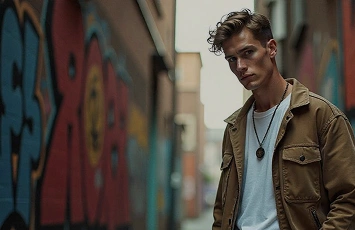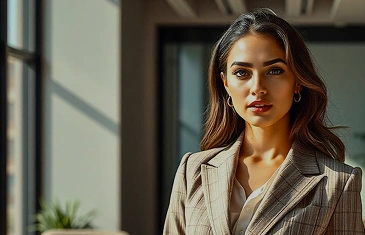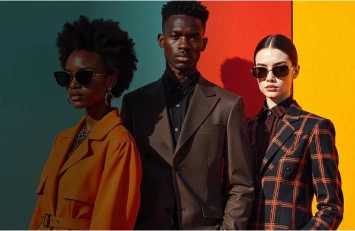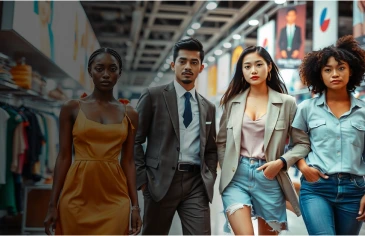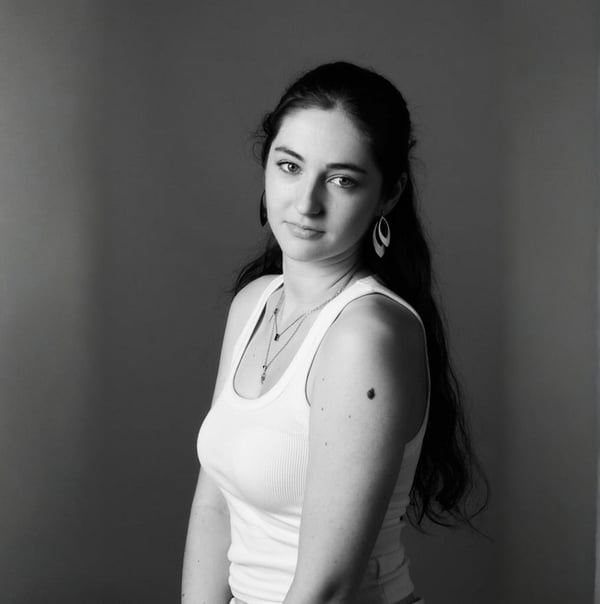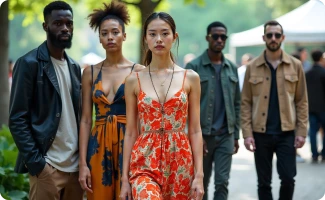
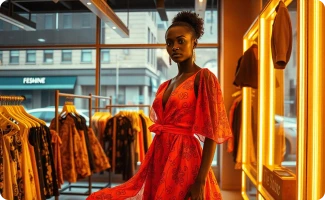
How Fashion Brands Can Succeed with Influencer Marketing
Table of Contents
- Why Influencer Marketing Matters in Fashion
- Choosing the Right Fashion Influencers
- Social Media for Fashion: Platforms That Work
- Influencer Marketing for Small and Large Fashion Brands
- Building a Fashion Brand Marketing Strategy with Influencers
- Common Mistakes Fashion Brands Make with Influencer Marketing
- Conclusion: Why Influencer Marketing for Fashion Works
- FAQ: Influencer Marketing for Fashion
In the world of fashion, visibility and storytelling are everything. Shoppers are no longer convinced only by glossy magazine ads or perfectly polished campaigns. Instead, they look to people they trust, creators who share outfits, style tips and authentic experiences on social platforms. This is why influencer marketing for fashion has become a cornerstone of modern fashion brand marketing. It allows labels to tap into existing communities, build credibility, and present clothing in ways that feel personal and relatable.
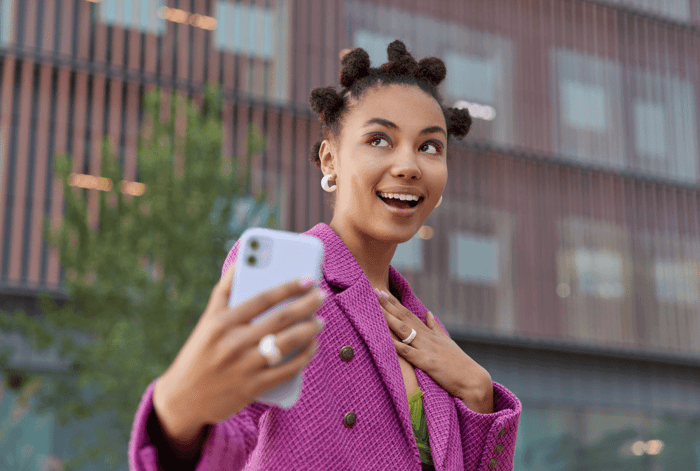
Why Influencer Marketing Matters in Fashion
Fashion has always been about aspiration and self-expression. Today, those values are amplified through influencers who act as style guides for their audiences. Instead of seeing a dress on a mannequin, customers can watch a favorite TikToker style it in three different ways or see a trusted Instagrammer post about its fit and comfort.
Authenticity Over Advertising
Traditional ads often feel distant. Fashion influencers bridge that gap by offering real stories and lifestyle context. When they talk about how a jacket feels in colder weather or why they chose one pair of sneakers over another, their audience listens and trusts. This authenticity drives deeper engagement and higher conversions.
Building Emotional Connections
A single influencer campaign can do more than sell, it can make people feel part of a movement. Whether it’s a sustainable fashion line promoted by eco-conscious creators or a bold streetwear drop championed by edgy influencers, these partnerships add emotional weight to marketing campaigns.
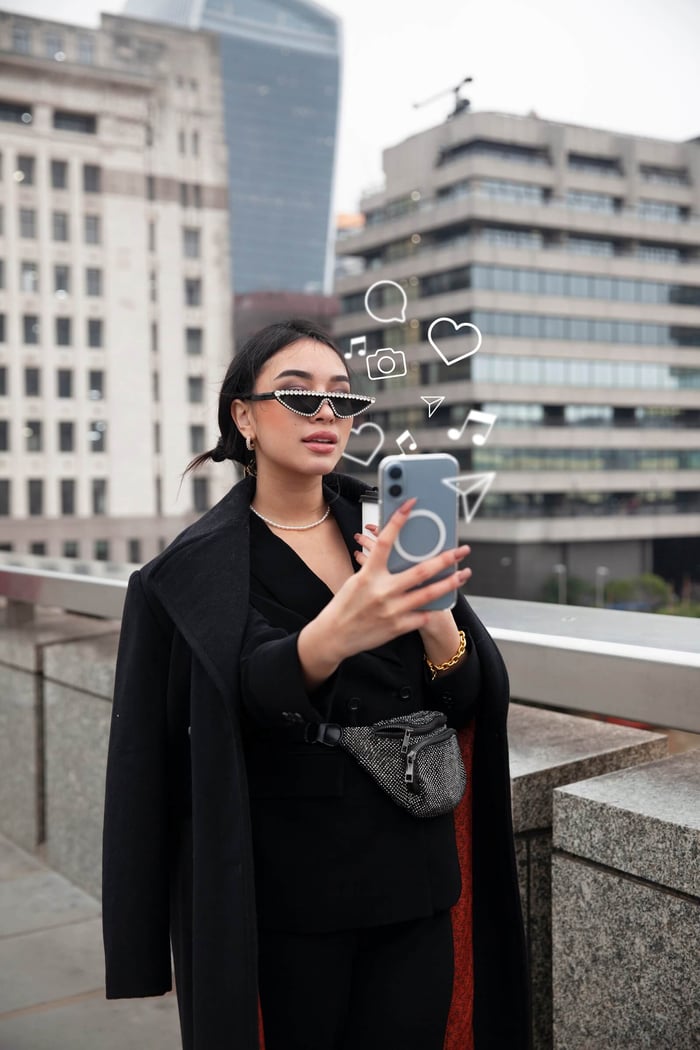
Choosing the Right Fashion Influencers
Not every influencer fits every brand. A key step in fashion brand marketing is identifying who best represents the brand’s values and aesthetic.
Micro vs. Macro Influencers
Micro-influencers (10k–50k followers) often deliver higher engagement because their audiences feel closer to them. They’re perfect for niche campaigns or small businesses wanting meaningful impact.
Macro-influencers (100k+) offer massive reach, which can be valuable for awareness campaigns or global product launches.
Engagement Over Numbers
Follower count is only part of the equation. A smaller creator with an engaged audience that aligns with your target demographic may outperform a celebrity with millions of passive followers. Smart influencer marketing for fashion focuses on quality connections, not just quantity.
Social Media for Fashion: Platforms That Work
Each social platform plays a unique role in social media for fashion campaigns. The best strategies adapt content to fit the culture of the platform.
Still the go-to hub for style inspiration. Perfect for polished imagery, Stories, and collaborations that showcase aesthetics.
TikTok
The fastest-growing platform for fashion discovery. Ideal for styling challenges, outfit transformations, and viral trends.
YouTube
Great for in-depth content like styling tutorials, hauls, or “day in the life” videos. It builds trust and long-term engagement.
Often overlooked, but highly valuable for inspiration and driving e-commerce traffic. Perfect for wedding fashion, seasonal collections, and moodboards.
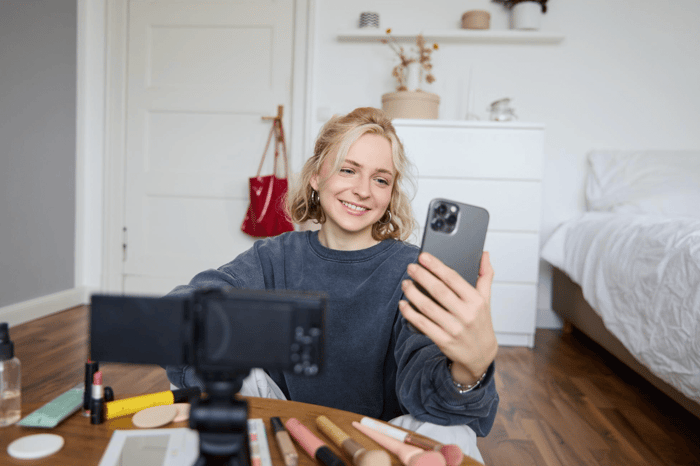
Influencer Marketing for Small and Large Fashion Brands
The beauty of influencer partnerships is that they work for both emerging labels and established houses.
For Small Brands
Influencers can give visibility without the need for big budgets. Partnering with micro-creators allows small businesses to build loyal communities and create user-generated content that fuels growth.
For Established Brands
Luxury labels or mass-market retailers benefit from wide-reaching collaborations that cement their position in the market. Working with top-tier fashion influencers ensures global campaigns feel aspirational while staying relatable.
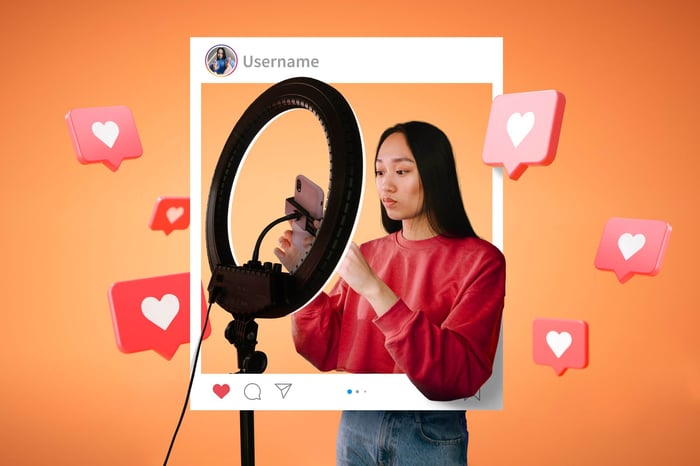
Building a Fashion Brand Marketing Strategy with Influencers
Influencer partnerships shouldn’t be one-off experiments, they need to be part of a bigger picture.
Storytelling is Key
Think beyond product placement. Instead of just sending a shirt, encourage influencers to share the story behind it: why the fabric is sustainable, how it fits into their lifestyle, or how they would style it for different occasions.
Long-Term Relationships
Brands that consistently collaborate with the same influencers build trust not only with the creator but also with their audience. Seeing a product once might spark curiosity; seeing it regularly builds recognition and trust.
Measuring Success
Track results beyond likes. Key metrics include website traffic, sales attributed to influencer codes, engagement quality, and even new audience demographics reached.
Common Mistakes Fashion Brands Make with Influencer Marketing
While influencer marketing for fashion can be incredibly powerful, many brands stumble by repeating the same mistakes. Recognizing these pitfalls early can save both money and reputation while ensuring that campaigns actually connect with audiences.
One of the most common errors is choosing influencers only based on follower count. A million followers might look impressive on paper, but if the influencer’s audience doesn’t align with your target market, the collaboration won’t drive meaningful results. For fashion brand marketing, relevance and engagement are always more important than raw numbers.
Another mistake is restricting creativity. Fashion influencers know their audiences better than anyone else, and they’ve built trust by developing a personal voice and style. When brands dictate every detail of the content, the result often feels forced or inauthentic. Allowing creators to adapt your message in their own way usually leads to more genuine and impactful promotion.
Brands also often forget to measure results properly. Sending products or paying for posts without tracking performance is like shooting in the dark. Metrics such as engagement rates, click-throughs, conversions, and even follower sentiment are key indicators of whether influencer marketing is working. Without this data, it’s impossible to refine strategy.
Finally, some small businesses treat influencer collaborations as one-off transactions instead of long-term partnerships. Fashion thrives on storytelling and consistency, so building ongoing relationships with influencers creates stronger brand loyalty and more authentic endorsements over time.
By avoiding these common mistakes, focusing on quality over quantity, giving influencers creative freedom, tracking results carefully, and nurturing long-term partnerships, fashion brands can ensure their influencer marketing campaigns are not just trendy, but truly effective.
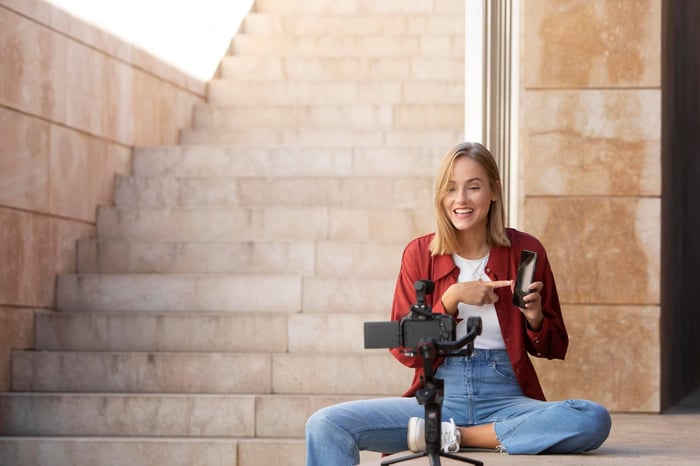
Conclusion: Why Influencer Marketing for Fashion Works
Fashion is about more than clothes, it’s about identity, culture, and community. In a digital-first world, influencer marketing for fashion empowers brands to connect with people on an emotional level, showing products through trusted voices rather than faceless ads.
By collaborating with fashion influencers, businesses can elevate their storytelling, reach new audiences, and boost both awareness and sales. Platforms like Instagram, TikTok, YouTube, and Pinterest prove that social media for fashion is one of the most powerful tools available today.
Whether it’s a small label looking to grow or a global brand aiming to stay relevant, the right influencer partnerships should be at the core of any fashion brand marketing strategy. With the right approach, influencer campaigns turn visibility into loyalty and loyalty into long-term success.
Click here and enter the magic world of AI and fashion with Modelia.
FAQ: Influencer Marketing for Fashion
What is influencer marketing in the fashion industry?
Influencer marketing in fashion involves partnering with social media personalities or content creators to promote clothing, accessories, or lifestyle products to their engaged audiences.
Why is influencer marketing effective for fashion brands?
It works well because influencers build trust and authenticity with their followers, making their product recommendations more persuasive and relatable compared to traditional advertising.
How can fashion brands choose the right influencers?
Brands should consider factors like audience demographics, engagement rates, content style, and alignment with brand values to ensure the influencer is a good fit.
What types of influencer campaigns work best in fashion?
Popular approaches include product launches, try-on hauls, styling videos, affiliate discount codes, and long-term brand ambassador partnerships that create consistent visibility.
How would you rate this article:
Related Articles
- The Ultimate Guide to Dressing for Your Body Shape: Find the Best Clothing Styles
- Text to Video AI: Revolutionizing Content Creation with Automated Video Generation
- Top Sustainable Outdoor Clothing Brands for Eco-Friendly Style
- Top 6 Alternatives to Lalaland.ai for AI Fashion Model Generation
- Top AI Fashion Companies Innovating the Future of Fashion with Artificial Intelligence
- 7 Fashion Brand Marketing Strategies to Succeed in a Competitive Market
- How to Sell on Instagram: Tips for Turning Followers into Customers
- Top AI Tools Every Ecommerce Store Should Use
- 7 Best Product Photography Software to Enhance Your Ecommerce Images with the Right Tools
- Modelia vs Fashn.ai

